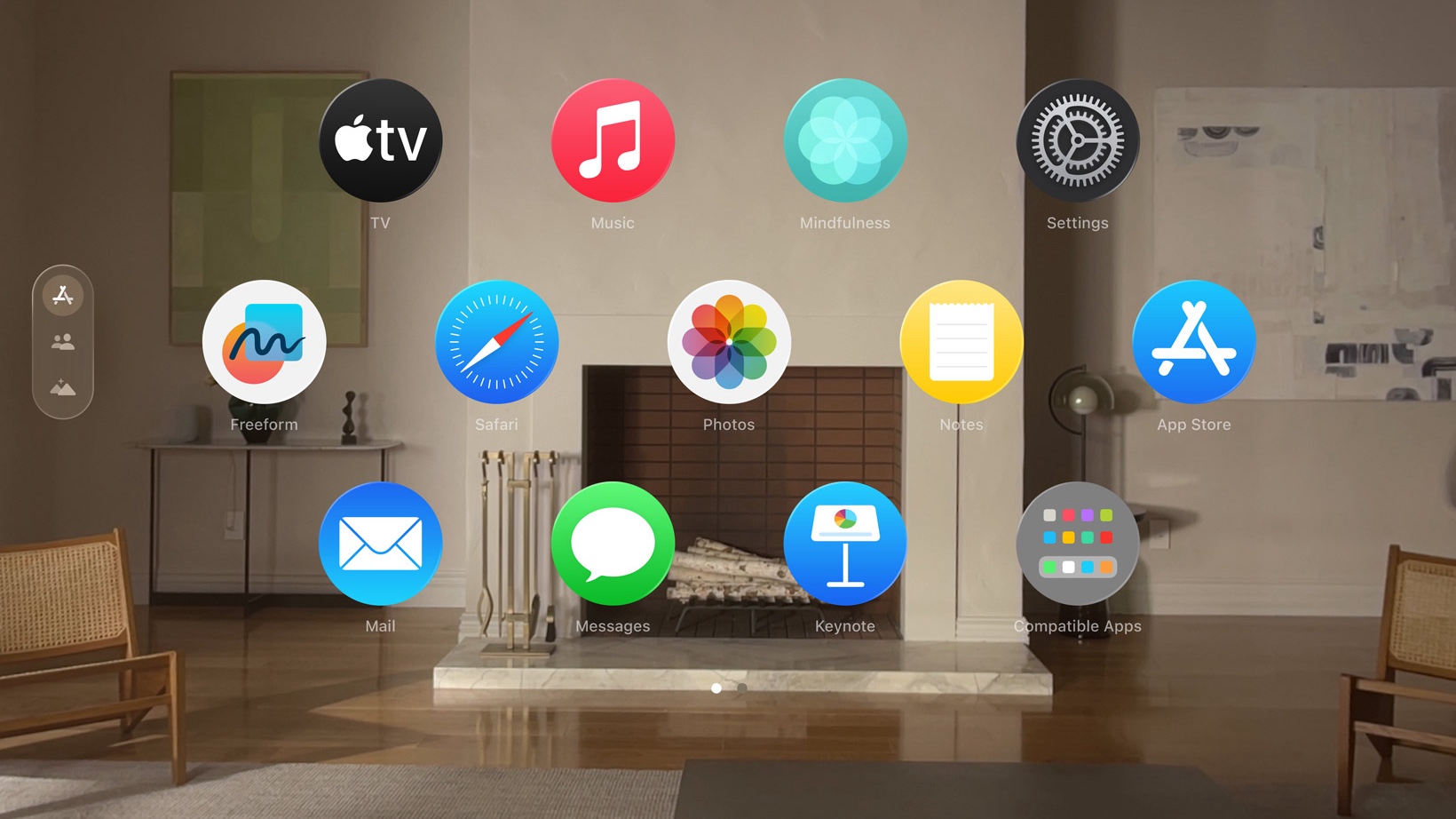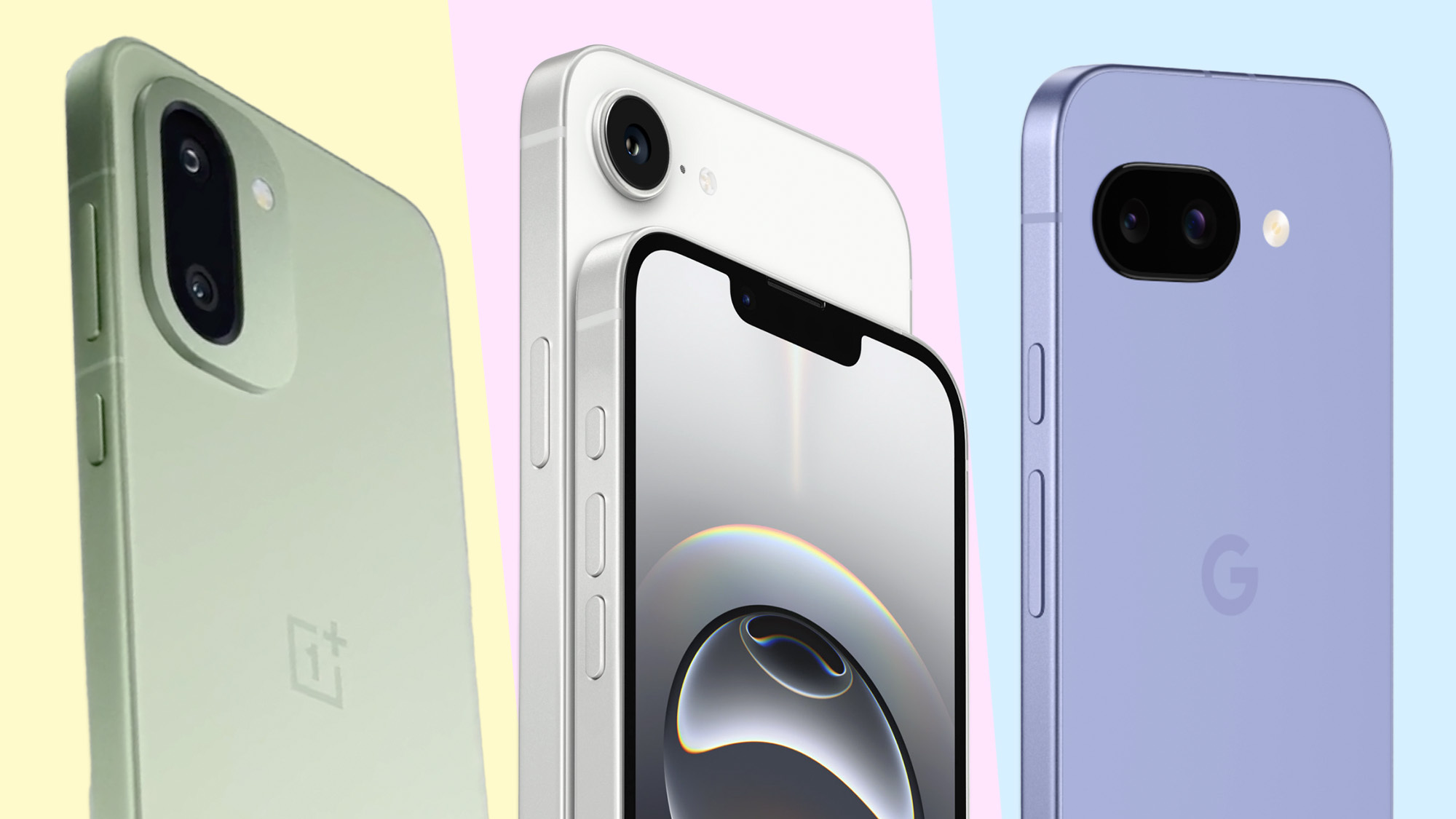Apple Vision Pro could be hurting for native apps at launch

The Apple Vision Pro is less than two weeks from launch. And it doesn't sound like many apps optimized for the headset are going to be waiting for that February 2 arrival.
Data intelligence firm Appfigures says that a little more than 150 apps in Apple's Store have been optimized for the Vision Pro, according to a report in TechCrunch. That figure stems from an analysis of recent app updates and reflects apps with added features and confirmed compatibility with the Vision Pro.
Note that any iOS or iPadOS app should run on the Apple Vision Pro, though they'll lack the immersive quality of an app written specifically for the headset's visionOS. So decidedly more than 150 apps will be available the first time you strap on the Vision Pro.
Still, the fact there are so few native apps ready for the Apple Vision Pro could be sobering news for those who have pre-ordered the headset. While Apple has been clear that the device will ship with imany built-in apps, including Safari, Messages, and others, having third-party apps to round out the experience of using the headset is preferable. With just a little over 150 apps updated to take advantage of the Vision Pro's software, there may be slim pickings in terms of the experiences Vision Pro users can expect out of the box.
That said, a MacRumors report places the number of native apps at closer to 250, and that tally includes such mainstays as Carrot Weather, Fantastical, Night Sky, OmniPlan, Pcalc, WebEx and Zoom. Disney has been very vocal about its support for Apple Vision Pro, while Netflix has not — not only won't the streaming service develop a native Vision Pro app, it also won't add compatibility to its iPad app.
We could see more developers add Vision Pro apps ahead of or just after the February 2 launch date.
While the Vision Pro is undoubtedly one of the most anticipated launches of the year, there are still plenty of question marks surrounding the device. And with a hefty $3,499 starting price tag, availability solely in the U.S. initially, and the very real possibility that the average consumer finds little value in spending so much on a technology they may not have experienced before, developers may be taking a wait-and-see approach to determine whether they should dedicate time and resources to building apps for the headset.
Get instant access to breaking news, the hottest reviews, great deals and helpful tips.
Whatever the case, Apple will undoubtedly need third-party developer support to ensure its Vision Pro is successful. Indeed, if not for the sheer number of apps and experiences available on its other platforms, it’s hard to see the iPhone and iPad enjoying such success over the years. What Apple needs now is consumer interest (and purchases) and developer support. It appears to have the former among early adopters, but at least so far, developer support seems iffy.
More from Tom's Guide
- Google and Samsung look set to take on Apple Vision Pro
- Apple Vision Pro vs Meta Quest 3: What we know so far
- Apple Vision Pro spatial video — here’s what it’s really like to use
Don Reisinger is CEO and founder of D2 Tech Agency. A communications strategist, consultant, and copywriter, Don has also written for many leading technology and business publications including CNET, Fortune Magazine, The New York Times, Forbes, Computerworld, Digital Trends, TechCrunch and Slashgear. He has also written for Tom's Guide for many years, contributing hundreds of articles on everything from phones to games to streaming and smart home.
